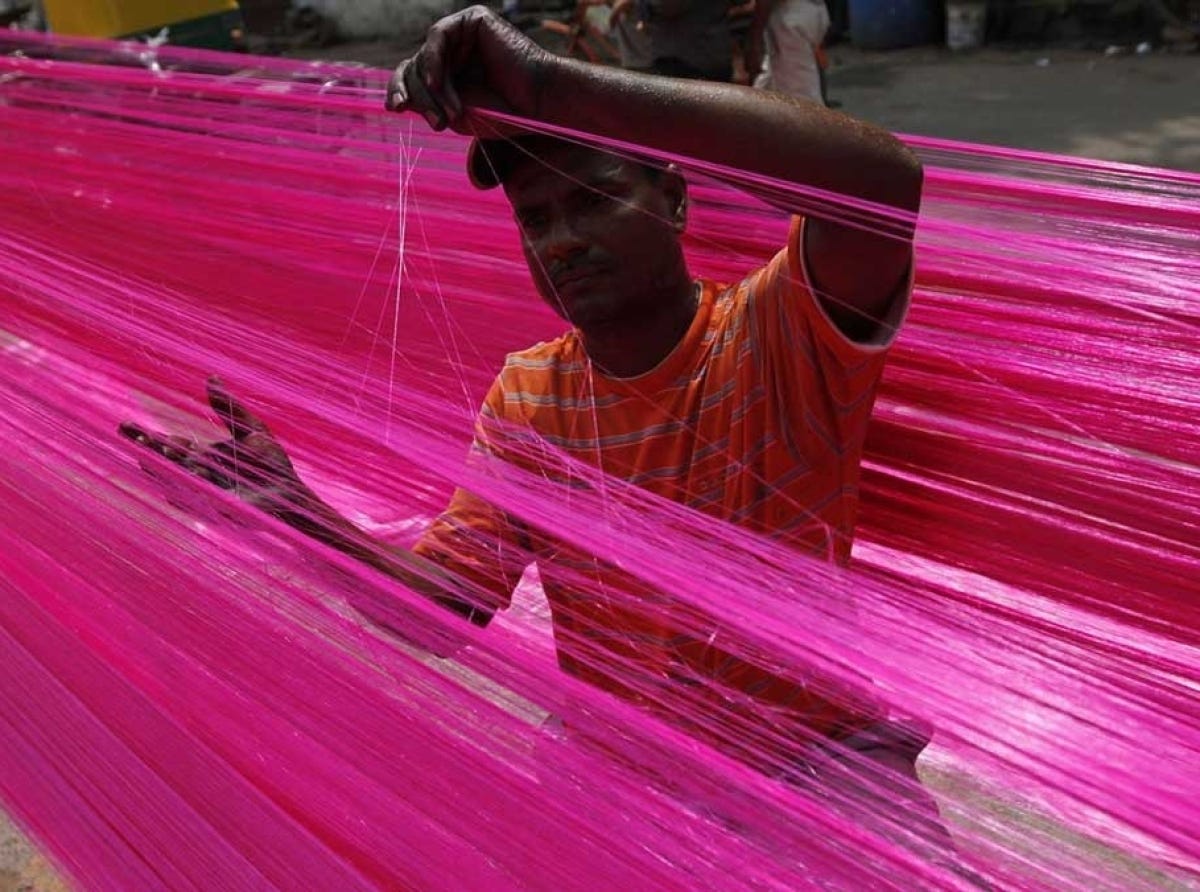India's MMF textiles a promising industry navigating export challenges
India's Man-Made Fiber (MMF) textile industry has been a crucial driver of economic growth. However, recent export figures paint a complex picture, revealing a decline compared to previous years.
From cotton to MMF
Historically, cotton reigned supreme in India's textile exports. Recognizing the global shift towards MMF, the government implemented the Production Linked Incentive (PLI) Scheme for Textiles in 2021. This $1.34 billion scheme incentivizes production of MMF fabrics, apparel, and technical textiles. It reflects India's aspiration to become a global MMF leader.
Indeed, government efforts include schemes like the Remission of Duties and Taxes on Exported Products (RoDTEP), which aims to make Indian MMF textiles more competitive by reducing export costs. Additionally, the PLI scheme offers financial incentives for MMF fabric and apparel manufacturers, boosting domestic production capacity.
Despite these promising policies, MMF textile exports for 2022-23 witnessed a concerning 15.3 per cent decline. This could be attributed to:
Global economic slowdown: A potential dampener on demand for Indian MMF textiles.
Intensified competition: Vietnam and Bangladesh are emerging as strong contenders in the MMF textile market.
A long-term vision with hurdles
The government's initiatives hold promise for the long term. The PLI scheme, coupled with the removal of anti-dumping duties on key raw materials, has reduced manufacturing costs, making India more competitive. The ambitious target is to increase MMF textile exports to a significant $11.4 billion by 2030, a substantial jump from $6.5 billion in 2021-22.
However, challenges persist. While demand for MMF fabrics remains strong within the export basket (accounting for 39 per cent of total exports in Apr-Nov 2023), major export destinations like the US, Turkey, and Bangladesh witnessed a decline in imports during 2022-23. Possible reasons include rising inflation and shifting consumer preferences impacting demand in the US. Increased domestic MMF production in Turkey and Bangladesh has reduced reliance on Indian imports. A bright spot is Sri Lanka's growing imports of Indian MMF fabrics, indicating potential for regional market expansion.
The road to regaining momentum
The Indian MMF textile industry has immense potential. By strategically addressing global competition and refining government policies, India can regain its export momentum. Here's what's needed:
- Product diversification: Moving beyond basic fabrics to cater to evolving market demands.
- Technological advancements: Embracing innovations for efficient production and improved product quality.
- Exploring new markets: Identifying and capitalizing on potential markets beyond traditional destinations.
By taking these steps, India can solidify its position as a global leader in MMF textiles, navigating present challenges to achieve its ambitious export targets.

